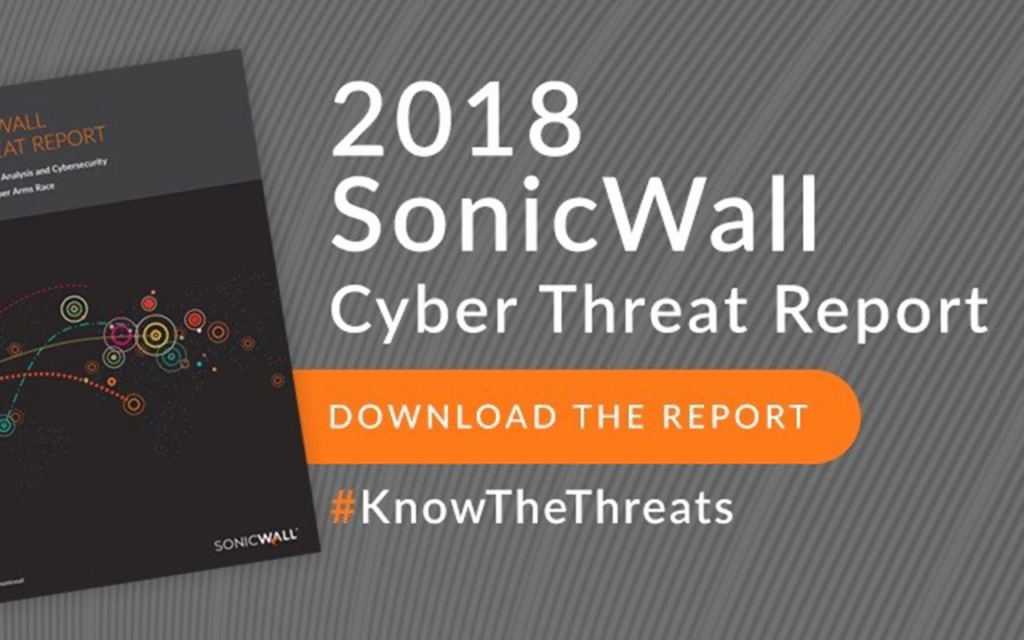In today’s increasingly connected world, remote access to enterprise networks has become a fundamental requirement. Whether working from home, traveling, SonicWall VPN Download or managing distributed teams, the need for secure access to internal systems is paramount. SonicWall provides a trusted solution through its Virtual Private Network (VPN) offerings. Designed to support multiple platforms, SonicWall VPN ensures that users on Windows, macOS, SonicWall VPN Download and mobile devices can connect safely and efficiently to corporate environments.
This comprehensive guide walks you through everything you need to know about downloading and using SonicWall VPN across different platforms. From system requirements to step-by-step installation instructions, it covers all essential aspects to ensure a smooth and secure user experience.

Understanding SonicWall VPN
SonicWall VPN is a set of client applications and technologies that allow users to establish secure tunnels to SonicWall firewall appliances. SonicWall VPN Download These tunnels encrypt communication, making it safe for users to access private networks over public internet connections. SonicWall VPN solutions are built around various technologies such as SSL (Secure Sockets Layer) and IPsec (Internet Protocol Security).
SonicWall VPN Client Options:
- Global VPN Client (GVC) – Primarily for Windows and supports IPsec-based VPNs.
- NetExtender – A lightweight SSL VPN client for Windows, macOS, and Linux.
- Mobile Connect – A VPN client app for mobile devices including iOS and Android.
System Requirements
Before you begin the download and installation process, SonicWall VPN Download it’s important to ensure your device meets the necessary specifications.
For Windows (Global VPN Client & NetExtender):
- Windows 7/8/10/11 (32-bit or 64-bit)
- At least 512 MB RAM (1 GB or more recommended)
- Minimum 100 MB free disk space
- Administrator privileges for installation
For macOS (NetExtender & Mobile Connect):
- macOS 10.12 or later
- Admin access for installing apps
- Internet access for downloading packages
For Mobile Devices (Mobile Connect):
- iOS version 11.0 or later
- Android version 6.0 or higher
- Stable internet connection
Preparation Before Download
Before downloading the VPN client for any device, a few preparation steps are essential:
- Collect VPN credentials – These include server address, username, password, and domain/group if needed.
- Verify VPN policy setup – Ensure the SonicWall device is correctly configured by your network administrator.
- Check user privileges – Confirm your user account has permission to access the VPN service.
SonicWall VPN Download for Windows
Option 1: Global VPN Client (GVC)
This client is ideal for businesses using IPsec VPNs. It provides full-featured tunneling and integration with the Windows networking stack.
Steps to Download and Install:
- Navigate to the SonicWall support website.
- Select the “Downloads” section.
- Choose the appropriate version of Global VPN Client based on your Windows version.
- Click to download and save the executable file.
- Double-click the installer to begin.
- Follow the on-screen instructions.
- Reboot your computer if prompted.
Configuration:
- Launch the client.
- Click on “New Connection.”
- Enter a name, IP address of the SonicWall device, and select authentication method.
- Save and connect.
Option 2: NetExtender for Windows
NetExtender is used when SSL VPN policies are enabled. It’s easy to deploy and provides automatic IP address and DNS settings.
Download Steps:
- Visit the SonicWall official portal.
- Navigate to the NetExtender section.
- Select Windows as the platform.
- Download the .exe setup file.
- Run the installer and follow instructions.
Usage:
- Open NetExtender from the Start Menu.
- Enter your credentials and domain.
- Click “Connect.”
SonicWall VPN Download for macOS
macOS users can choose between NetExtender and Mobile Connect. Each has its benefits depending on security policy and ease of use.
Option 1: NetExtender for macOS
Download & Install:
- Go to the SonicWall support site.
- Find NetExtender in the download list.
- Choose macOS as the platform.
- Download the .dmg file.
- Open the file and drag NetExtender to the Applications folder.
Connect:
- Launch NetExtender.
- Enter VPN server address, username, password, and domain.
- Click “Connect.”
Option 2: Mobile Connect for macOS
Installation via Mac App Store:
- Open the Mac App Store.
- Search for “SonicWall Mobile Connect.”
- Click “Get” then “Install.”
Setup:
- Open the app.
- Click “Add Connection.”
- Enter the required server and login details.
- Save and connect.

SonicWall VPN Download for Mobile
Mobile access is crucial for professionals on the go. SonicWall Mobile Connect provides a user-friendly interface and strong encryption.
For iOS Devices
Installation:
- Open the App Store.
- Search for “SonicWall Mobile Connect.”
- Tap “Download” and wait for installation.
Setup:
- Open the app.
- Add a new VPN connection.
- Input server IP, username, password, and domain.
- Tap “Connect.”
For Android Devices
Installation:
- Open Google Play Store.
- Search “SonicWall Mobile Connect.”
- Install the app.
Setup:
- Launch the app.
- Add VPN connection with proper credentials.
- Tap “Connect.”
Troubleshooting Tips
Even with proper setup, issues can arise. Here are common problems and how to fix them:
Connection Failure
- Verify network connectivity.
- Recheck the server address and port number.
- Disable conflicting software like other VPN clients or firewalls.
Authentication Errors
- Confirm correct username and password.
- Ensure that the user has VPN permissions.
- Check for expired passwords.
Installation Problems
- Run installers as Administrator.
- Clear any remnants of previous VPN clients.
- Disable antivirus temporarily during install.
VPN Disconnects Randomly
- Use a stable internet connection.
- Adjust the client timeout settings.
- Consult your administrator about load balancing or failover issues.
Best Practices for VPN Usage
Security and stability go hand-in-hand with SonicWall VPN Download best practices. Consider these recommendations:
- Regularly update the VPN client.
- Use strong, complex passwords.
- Enable Two-Factor Authentication (2FA).
- Avoid connecting through unsecured public networks.
- Log out of VPN when no longer in use.
Advanced Features and Configuration
Split Tunneling
Split tunneling allows users to route some traffic through the VPN while letting other traffic go through the local connection. This conserves bandwidth and improves speed.
Certificate-Based Authentication
Advanced users can set up VPN access with certificates rather than passwords. This method enhances security but requires additional setup on both client and server sides.
Logging and Monitoring
Administrators can enable logging to monitor VPN usage, detect anomalies, and maintain performance metrics. SonicWall devices support detailed logs for client connections and errors.
Updating and Maintenance
Keeping the VPN client updated is crucial for security and compatibility. Regularly check for:
- New client versions on the SonicWall website
- Firmware updates for the SonicWall firewall
- Policy or group changes that may impact VPN settings

Conclusion
Secure and reliable remote access is no longer optional in the modern workplace. SonicWall VPN Download SonicWall VPN solutions make it possible to connect seamlessly from various platforms — Windows, macOS, or mobile — with minimal configuration and robust protection. Whether you’re setting up a new VPN connection or troubleshooting an existing one, understanding the features and best practices ensures you get the most out of your VPN experience.
With the proper setup, SonicWall VPN Download SonicWall VPN acts as a secure bridge to your business resources, allowing employees to work efficiently and safely from anywhere in the world.



